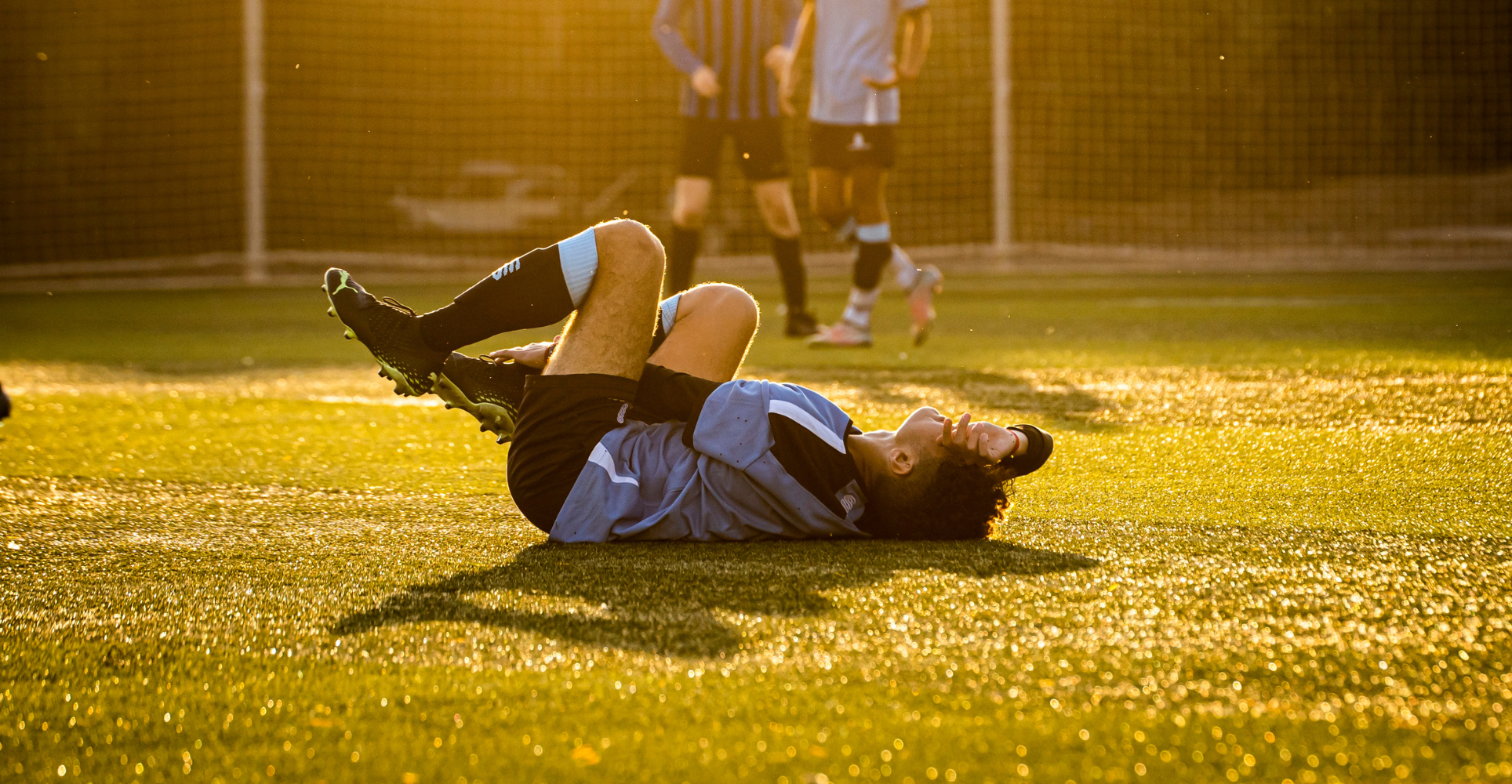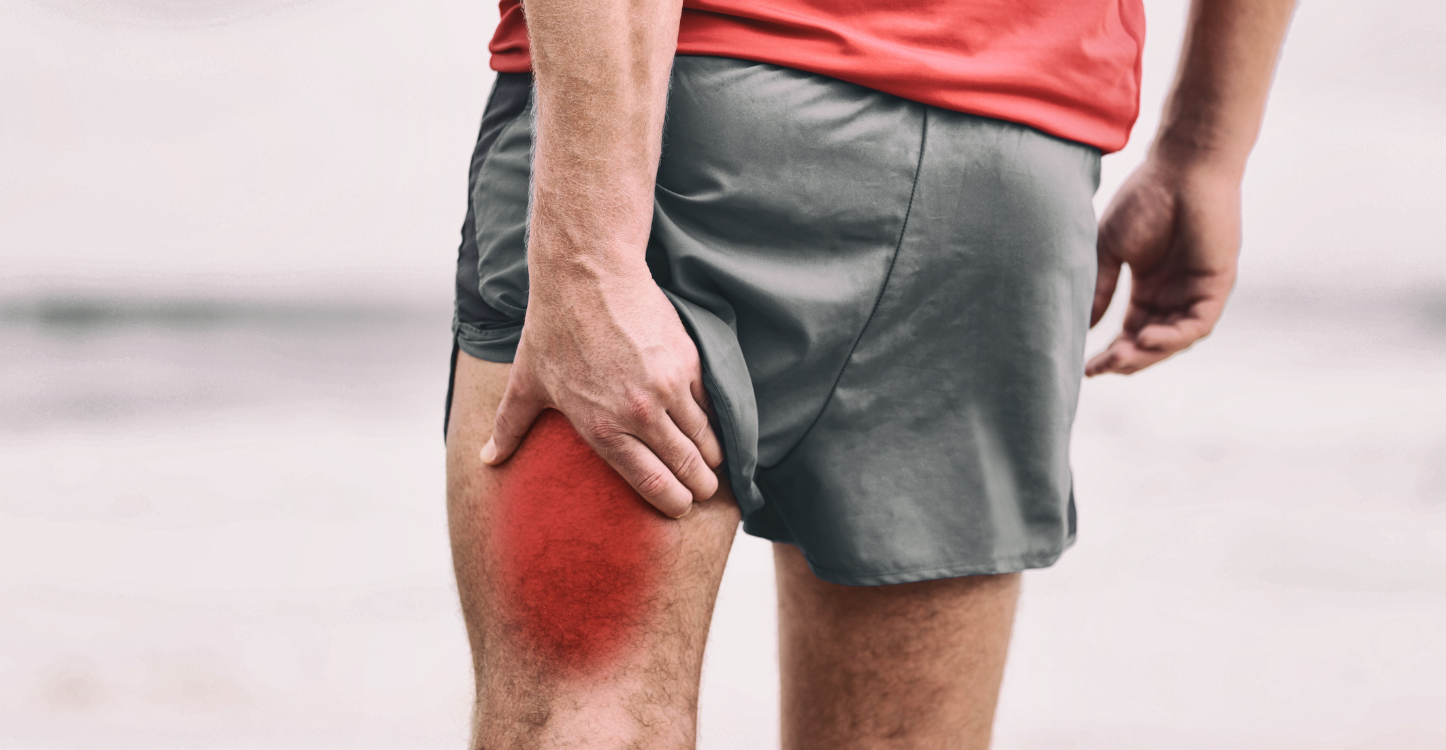Hamstring Ruptures
-

Hamstring Anatomy
The hamstring group consists of four muscles located at the back of the thigh:
- Biceps Femoris (long head and short head)
- Semitendinosus
- Semimembranosus
These muscles originate from the pelvis (ischial tuberosity) and insert along the knee and lower leg bones. They play a crucial role in hip extension, knee flexion, and dynamic lower extremity stability.
-

Understanding Hamstring Ruptures
Hamstring injuries can occur at various sites:
- Proximal Rupture (near the pelvis)
- Midsubstance Tear (within the muscle belly)
- Distal Rupture (near the knee)
Epidemiology and Injury Types:
- Hamstring injuries are common in athletes and active individuals, with a higher incidence in sprinting and explosive activities.
- Approximately 12-25% of hamstring injuries are complete ruptures; the remainder are partial tears.
- Proximal ruptures (especially avulsions) are more often complete and occur most commonly in middle-aged athletes.
Midsubstance and distal injuries are more frequently partial tears, but complete distal tendon ruptures can occur in specific high-load injuries.
Treatment Options
-
Non-Operative Treatment
Recommended for partial tears and some minimally displaced complete ruptures.
May include:
- Activity modification and rest
- Physical therapy emphasizing gradual range of motion and strengthening
- Platelet-Rich Plasma (PRP) injections can be considered to promote healing in select cases.
Non-operative care is appropriate for low-demand patients, partial tears, or complete tears with minimal tendon retraction (<2 cm).
-
Surgical Treatment
Indicated for:
- Complete proximal avulsions (especially if ≥2 tendons detached or significant tendon retraction >2 cm)
- High-grade complete midsubstance or distal ruptures with significant functional loss
- Surgical repair involves reattaching the tendon(s) to the bone using strong anchors or sutures.
Ideal Candidates for Surgery:
- Active individuals
- High-demand athletes
- Patients with significant weakness, difficulty walking, or loss of lower extremity function
- Complete proximal avulsions (especially if ≥2 tendons detached or significant tendon retraction >2 cm)

Post-Operative Rehabilitation
- First 4–6 weeks: Protected weight-bearing, use of brace or crutches as needed, gentle range of motion exercises.
- Weeks 6–12: Progressive strengthening begins, focusing on core stability and hamstring activation under guidance.
- 3–4 months: Return to light jogging and non-contact drills.
- 4–6 months: Gradual return to full sports participation, depending on strength recovery, functional milestones, and sport-specific demands.
*IF YOU HAVE ANY ADVERSE EFFECTS WITH THE MEDICATIONS or QUESTIONS, PLEASE CALL OUR OFFICE during clinic hours at 855-892-0919 or the After-hours nurse advice at 1-888-576-6225.


